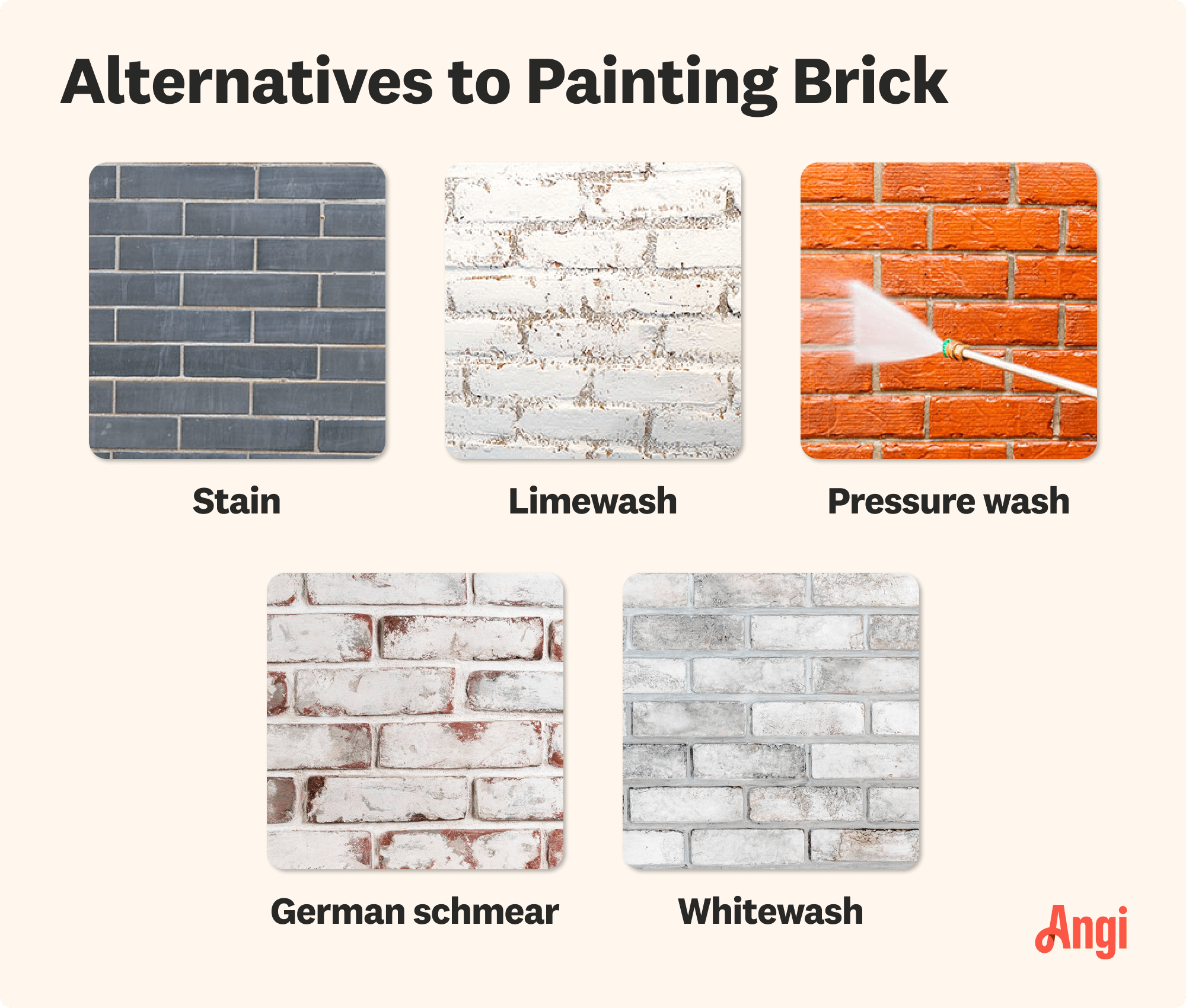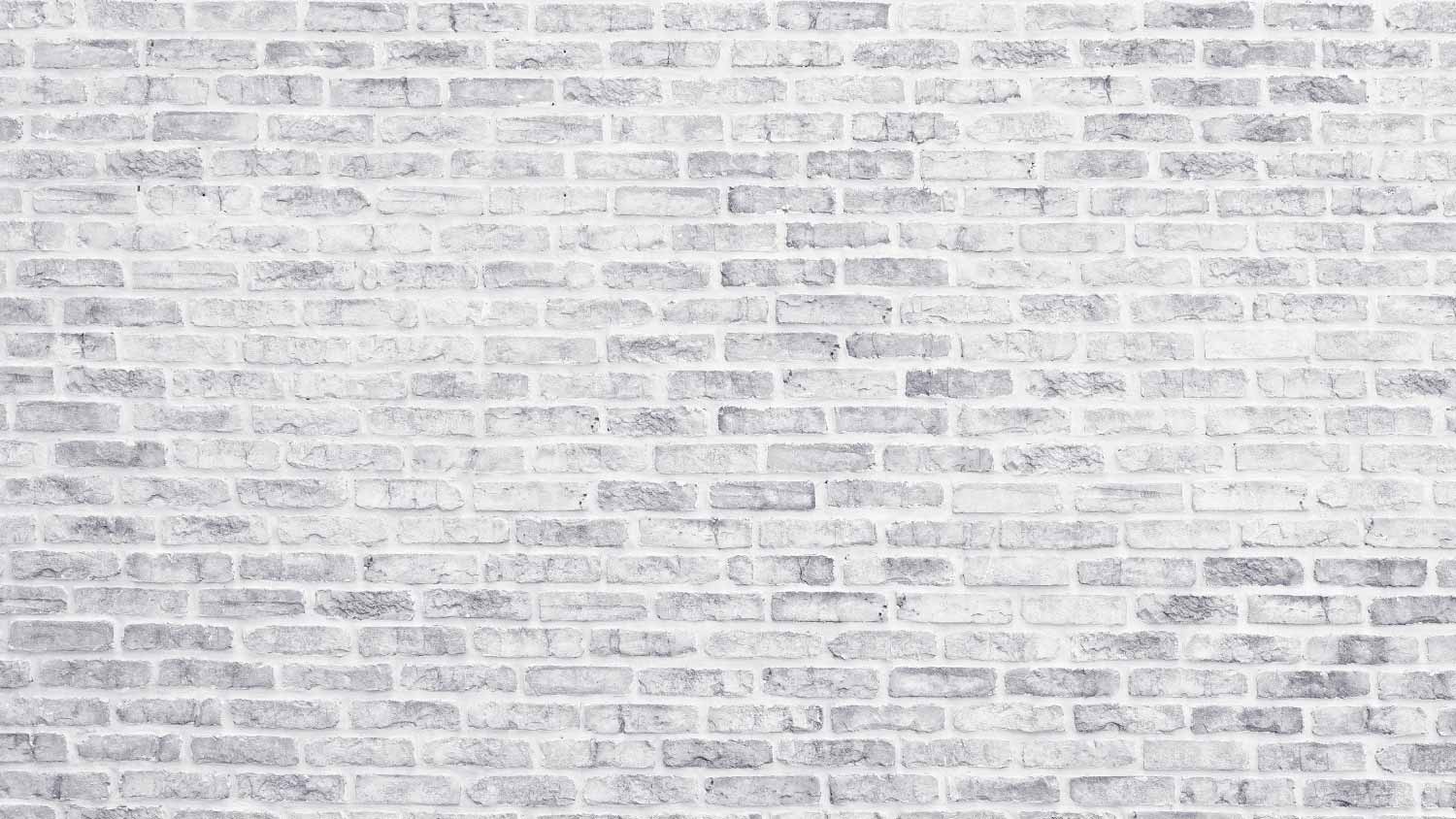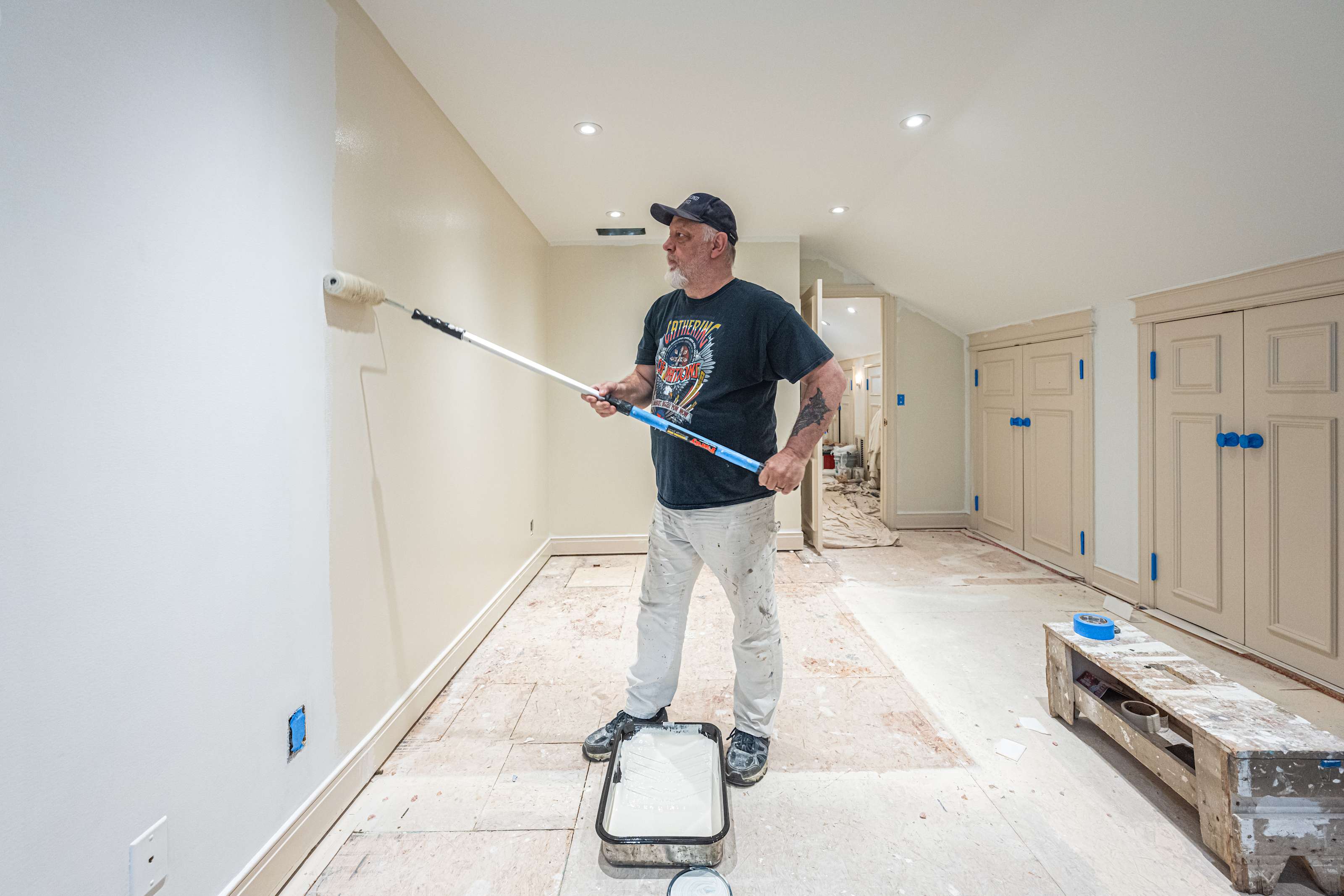
The cost to paint the interior of a house in Baltimore, MD depends on size, layout, type of surface, and more. Learn what factors can influence your total in this guide.
See how these options stack up against paint


Let a painting pro help you determine what brick finish can achieve the look you want within your budget.
Many brick finishes, including staining and whitewashing, are permanent changes. Consider pressure washing if you’re not ready to change the look of the brick forever.
Limewashing is a budget-friendly way to add a new look to brick without fully losing its original charm, but this finish is prone to fading.
German schmear is a unique, long-lasting technique to add a new look to your brick. It costs less than paint, but because of the prep work involved, it’s best to let a pro do the job.
Staining can offer a more natural brick look, while whitewashing results in a bright, light-colored finish.
A well-cared-for brick wall can add tons of character to your home. However, that same wall can easily look outdated if left alone for too long. At some point, many homeowners decide to paint their brick. But have you considered alternatives to painting your brick? Most of the options below require the same amount of effort or less, and can even save you money versus painting.

Staining your brick gives you more color options than any of the other methods on this list. You can make your house incredibly unique while also extending the life of your brick wall. Staining takes about the same knowledge and elbow grease as painting, so it’s a decent-sized job.
Staining has some drawbacks, though. Yes, there are more color options, but considering the other methods often only have one option (white), that isn’t saying much. Expect to be limited to predominantly earthy tones. Staining brick requires a lot of cleaning, otherwise the stain won’t penetrate correctly. Stain is also permanent, so consider your colors wisely.
| Pros | Cons |
|---|---|
| Enhanced natural appearance | Limited color options |
| Durable | Heavy prep work |
| Low maintenance | Difficult to remove |
Best for: Homeowners who like the appearance of natural brick but want to give their wall a subtle and more modern update.

Limewashing brick involves mixing the limewash according to instructions (it typically comes in powder or putty) and applying it to the prepared brick. The mix should be very thin, so it may require a number of coats to achieve the desired look. Limewashing is a smart choice for outdoor brick as the lime treats the brick, preventing microbial growth, an issue with other brick treatments. Limewashing is a low-cost way to seriously lift the appearance of a tired brick wall. You also have a few muted neutral color options, such as white, blue, green, pink, and beige.
| Pros | Cons |
|---|---|
| Color Options | Susceptible to fading |
| Mold-resistant | Prone to uneven finish |
| Rustic appearance | Lengthy application process |
Best for: Homeowners looking to add a soft character to their brick, lifting the appearance without the harshness of opaque paint
Pressure washing brick is by far the easiest method on this list. When you pressure wash brick, you remove years of dirt and grime from the porous surface. Most of the time, you can get your brick wall looking original.
There are some downsides. You should consider sealing the brick after a good pressure wash; otherwise, you may need to do it yearly (or more). Results tend to fade quickly, especially if the brick isn’t sealed. Lastly, you need to watch your brick while pressure washing—older brick can be torn apart by the water beam.
| Pros | Cons |
|---|---|
| Instantly revives original color | Risk of damage |
| Extremely inexpensive | Results fade quickly |
| Relatively quick process | Offers no protection |
Best for: Homeowners who want to revitalize their brick without big costs or time commitments. Great weekend project for DIYers.
If you’re wondering what a German schmear is, you’re not alone. This treatment method involves mixing various materials—mortar or tile grout and water—and applying the paste to the brick.
Around 30 minutes after application, you pass over the brick with a sponge. This takes off some mortar, resulting in the distressed appearance. This method is very hard to get right, so if you go this route, test your mixture and distressing skills on a small area first.
| Pros | Cons |
|---|---|
| One coat is often enough | Expensive |
| Lower costs versus paint | Prep work required |
| Can last decades | Requires sealing |
Best for: Homeowners who want to balance cost, time, and expertise required. German schmears last a long time and requires little maintenance.

Whitewashing brick is a great DIY project. The end result will look similar to brick painted with traditional paint, but with added texture and more of a contrast between the brick and the mortar. Whitewashing is a popular choice for homeowners as it’s easy to apply and still looks great even if you aren’t a pro (and make some mistakes).
However, there are some downsides. The main con is that whitewashing is permanent. Some prep work is also required, and you’re limited to lighter color options. Finally, you will need to run multiple layers onto the brick to get the desired effect.
| Pros | Cons |
|---|---|
| Brightens a space | Requires refreshing |
| Adds texture | Limited to light options |
| Easy to DIY | Possible uneven finish |
Best for: DIYers who want a simple, budget-friendly makeover. Those who don’t want to DIY can hire a local interior painting pro without excessive costs.
Homeowners shouldn’t second-guess themselves if the above options seem similar. After all, there are only so many ways to treat or stain brick, and many of them look the same. However, the methods involved differ, and because of the end result, there actually are reasons to choose one alternative over another.
For example, power washing is a great way to revive the look of old brick, but it isn’t a good idea in climates with lots of rain, as mold and moss will quickly invade the open brick pores. In such cases, you would need to add sealant over the brick, but that makes it difficult to use a different method later.
Another common issue is deciding between whitewashing versus limewashing. Homeowners should whitewash if they like stronger appearances and don’t want to reapply over time. Limewashing results in softer looks, but requires some maintenance and upkeep. Staining brick is a simple job, but it’s very hard to reverse.
Ultimately, you will need to weigh your options and decide which method matches your preferences for cost, commitment, expertise required, and desired lifespan of the treatment.
From average costs to expert advice, get all the answers you need to get your job done.

The cost to paint the interior of a house in Baltimore, MD depends on size, layout, type of surface, and more. Learn what factors can influence your total in this guide.

The cost to paint the interior of a house in Charlotte, NC depends on size, layout, type of surface, and more. Learn what factors can influence your total in this guide.

The cost to paint the interior of a house in Los Angeles, CA depends on size, layout, type of surface, and more. Learn what factors can influence your total in this guide.

Looking for the perfect hue to revamp your space and elevate your farmhouse design? Use these perfect farmhouse paint colors for inspiration.

Need to refresh your home’s interior but not sure which paint to choose for your doors? Learn about the best paint for interior doors for look and longevity.

Different paint projects require different paint rollers. Learn how to choose the best paint roller for the best results.